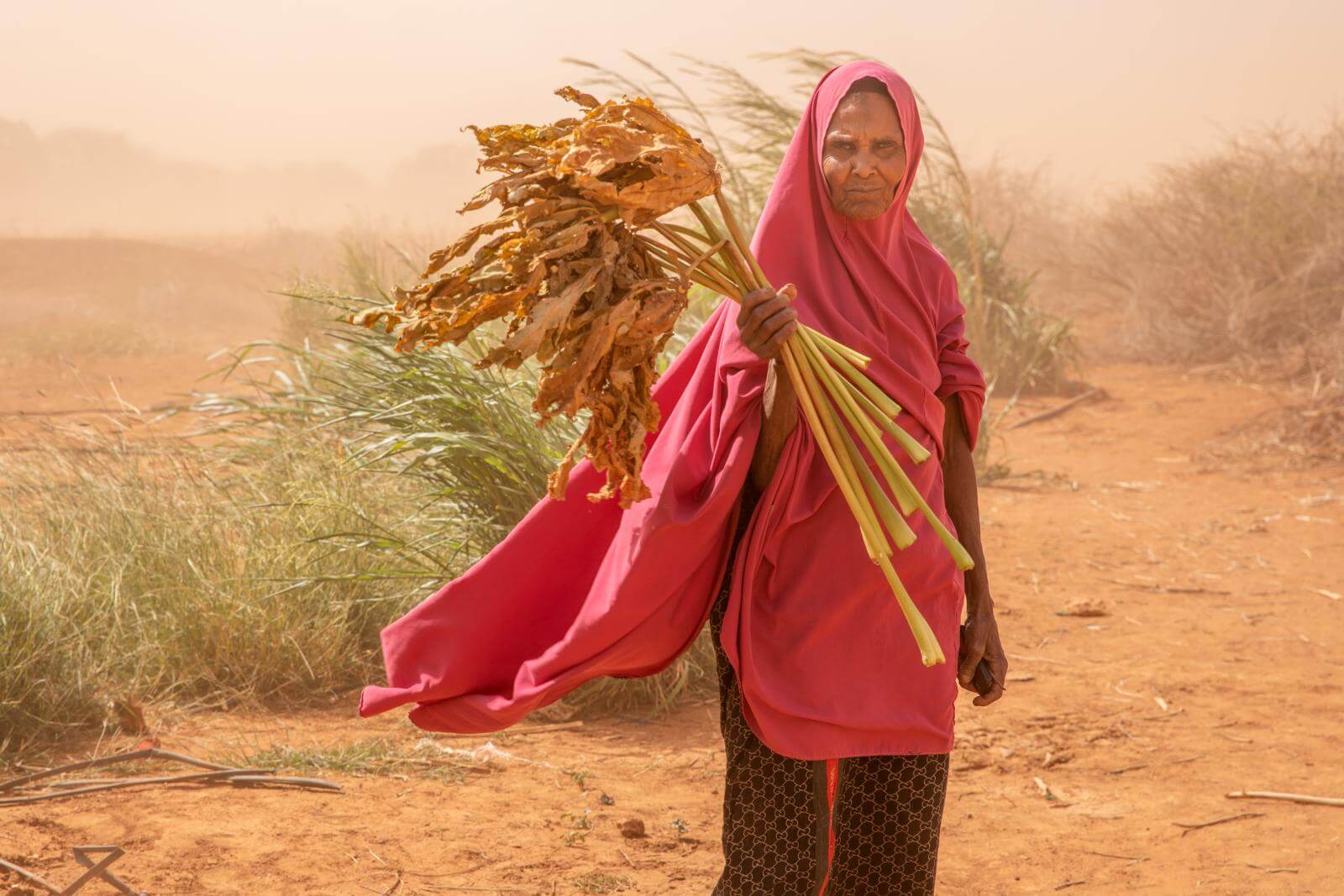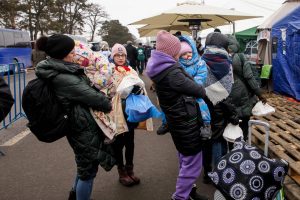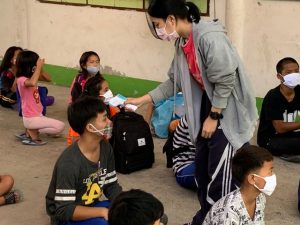Reach facts: Severe drought in the Horn of Africa
Across the Horn of Africa, over 13 million people are facing an unprecedented threat of hunger. With three consecutive failed rainy seasons since 2020, a catastrophic drought has caused crops to wither and livestock to starve, forcing people to leave their homes in search of help. USAID estimates that upwards of a staggering 55 million people will be affected by severe food insecurity by the middle of this year if they do not receive emergency aid.
The drought is just the latest stressor for communities already vulnerable due to conflict, COVID‑19, prolonged desert locust outbreaks, and other natural disasters. Learn more about the drought crisis and how Slater Foundation is helping.
Where is the Horn of Africa?
On the eastern coast of Africa, a sharp peninsula juts out to form the shape of a horn. The region commonly referred to as the Horn of Africa includes Djibouti, Ethiopia, Eritrea, Somalia, and portions of Kenya, Sudan, South Sudan, and Uganda. Slater Foundation has worked in the Horn of Africa since 2004.
What is happening?
Due to the climate crisis, parts of the Horn of Africa are experiencing the driest conditions and hottest temperatures in 40 years. Drought is decimating both crops and livestock, which are the region’s primary sources of food and income. Farmers are watching crops die, leaving nothing to sell or eat. Grazing land has dried up, leaving pastoralists without food or water to feed their herds. As people are forced to migrate and resources are scarce, conflict is likely to increase, further disrupting supply chains. In Somalia alone, 2.9 million people have been displaced, and in the coming months 1.4 million more will likely be forced to leave their homes.
Additionally, the conflict in Ukraine has had a two-fold effect on the drought crisis in East Africa. Many countries in the region rely on Ukraine for food exports which have been disrupted by the conflict and led to increased prices of wheat, corn, and other staples across Africa. The crisis in Ukraine continues to draw significant global attention and resources, leaving the Horn of Africa in the grip of an escalating hunger crisis and a lack of urgently needed aid.
Who is most affected?
Regions in Somalia, Ethiopia, and Kenya are most severely impacted by the drought. The number of people experiencing severe food insecurity is predicted to double, with the bulk in conflict-affected areas of Somalia and Ethiopia. In Somalia, where 80% of the country is facing drought conditions, a Famine Risk Assessment has determined the potential for the drought to lead to widespread malnutrition and possible starvation.
Between 2020 and 2021, 12.8 million children were malnourished across Eastern Africa. In Ethiopia, Kenya, and Somalia, the U.N. estimates that 5.5 million children are expected to be acutely malnourished in 2022.
Women and girls will bear the heavier brunt of the impacts of the drought, due to prevailing gender inequality in the region. For instance, in times of crises, communities may use coping strategies such as skipping meals or removing children from school. Cultural norms dictate that women and girls will be the last to eat or not eat at all, and girls will be the first to miss out on their education. The displacement that results from drought can also lead to greater gender-based violence against women and girls.
What do people need?
Communities are in desperate need of access to water, cash, and healthcare. From water trucking to providing cash for people to buy what they urgently need, communities require basic necessities to protect themselves from further poverty and malnutrition.
Increased access to credit can help local businesses in communities sustain rising costs while also supporting farmers and livestock owners. Animal health services can help keep livestock alive in order to sell them for extra income.
Families who have been displaced will require additional assistance to rebuild their lives and livelihoods.




